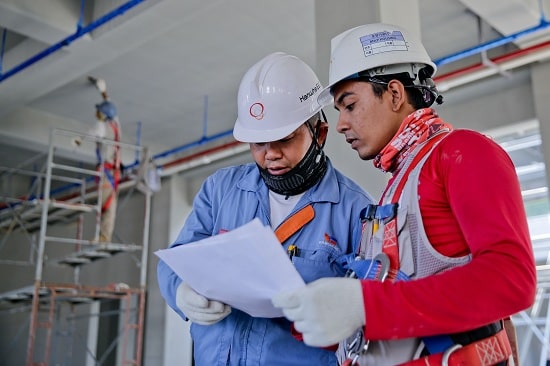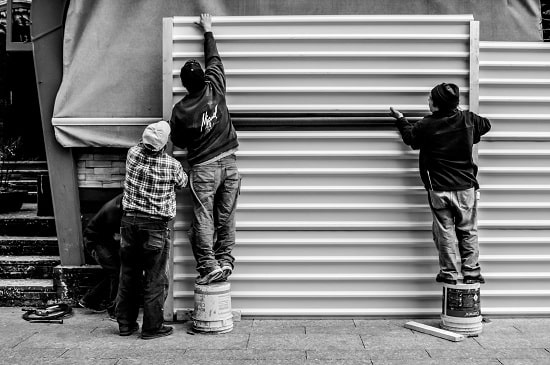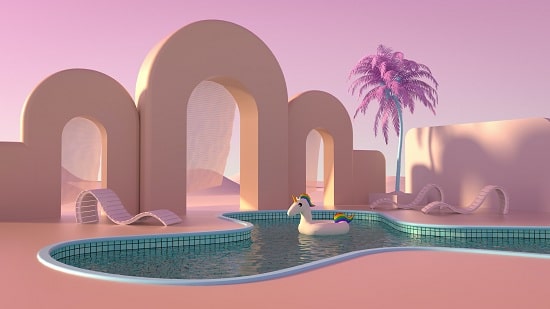The construction industry is not a field where you can give your 90% and hope for the best. You have to continuously make sure everything is done right to be certain your creations are safe to use. After all, even a tiny mistake can have tragic consequences. In essence, that often means a long period of planning and designing. Fortunately, you no longer have to rely on the old pen and paper approach. CGI is simply much more effective than traditional solutions in many construction-related tasks.
First and foremost, CGI makes it much easier to conceptualize the sort of project you’re planning. Moreover, it makes it faster and easier to adapt your vision to any changes requested by the client. What’s more, it can be used to create photorealistic images of planned projects for marketing purposes. Finally, CGI can be used to create the virtual “walkthroughs” of your projects and to help you understand the lighting properties of your designs.
Read on and learn just how helpful CGI can be in the construction industry!
Conceptualization Is Much Easier With CGI
The first step in creating any construction project is conceptualization – drawing up some blueprints is where it all starts. No matter if it’s the Pandan Valley building or a small beach house, it’s still a tedious process as creating a perfect blueprint requires a lot of time and effort. And even if you’re a really good drafter, there’s no way you can ensure the design you have on paper matches reality.
Fortunately, this problem can be solved with CGI, which allows you to create a virtual blueprint of your future construction project. This is much easier, but it can also be used to create a simulation, which will allow you to experiment with different designs, which would be extremely time-consuming or even impossible if you were to do it by hand. What’s more, you can often use pre-made assets to quickly assemble a “first look” design and then refine it later on to something you consider a proper design.

CGI Is Much Easier to Modify When Needed
One of the biggest advantages of CGI over traditional methods is that it enables you to very easily modify a design – you can effortlessly change the color of a particular piece of a building or add more details in order to create a better image.
If you’re working on a large project, then you can use CGI to create the blueprints for each section of your future construction, which will allow you to combine all parts together and get one cohesive vision. This can be done by using some simple 3D modeling tools. No matter what changes the client has in mind, CGI can make sure your vision will come to life much faster than with a traditional approach, where the designer has to go back to the drawing board and completely redo the concept from the start.

CGI Can Be Used for Marketing Purposes
We all know that marketing is crucial for any business, which is why many companies invest a lot of money into it every year. Creating high-quality promotional materials is just as important as advertising and other similar activities. And when it comes to construction, there are two things that are particularly important: photorealistic images and virtual walkthroughs.
With the help of CGI, it’s much easier to achieve both of these goals. After all, you no longer have to employ a master artist to draw the visualization or create an expensive model of your project. This can be done with the help of 3D modeling tools and a computer.

CGI Can Help You Understand the Lighting Properties of Your Designs
Even experienced designers sometimes have trouble understanding the lighting properties of their projects, but with CGI, this is easier than ever before. By using a few basic tools, you can create a realistic environment that will allow you to play around with different light sources and understand how they affect your designs. With CGI, you can also get an accurate idea of how objects within your design interact with the light source – how it spreads and where it ends up after hitting an obstacle.
Moreover, it can be used to simulate certain effects that might be otherwise impossible to predict. To illustrate the point, it’s entirely possible to use CGI to predict how a room would be illuminated with nothing more than a fireplace.
Conclusion
CGI is proving to be an invaluable tool in the construction industry, and it will only get more popular as time goes on. No matter what sort of project you’re working on, this technology can help you make your vision come true faster and better than ever before.
The ease of creation and modification allows you to experiment with various designs and make the right decision much faster. In the end, you’ll have a better final product and your customers a much clearer understanding of the final creation and how it would work once built. To make it even better, the technology is continuously improving, so the industry can expect to get even better results in the future!






























